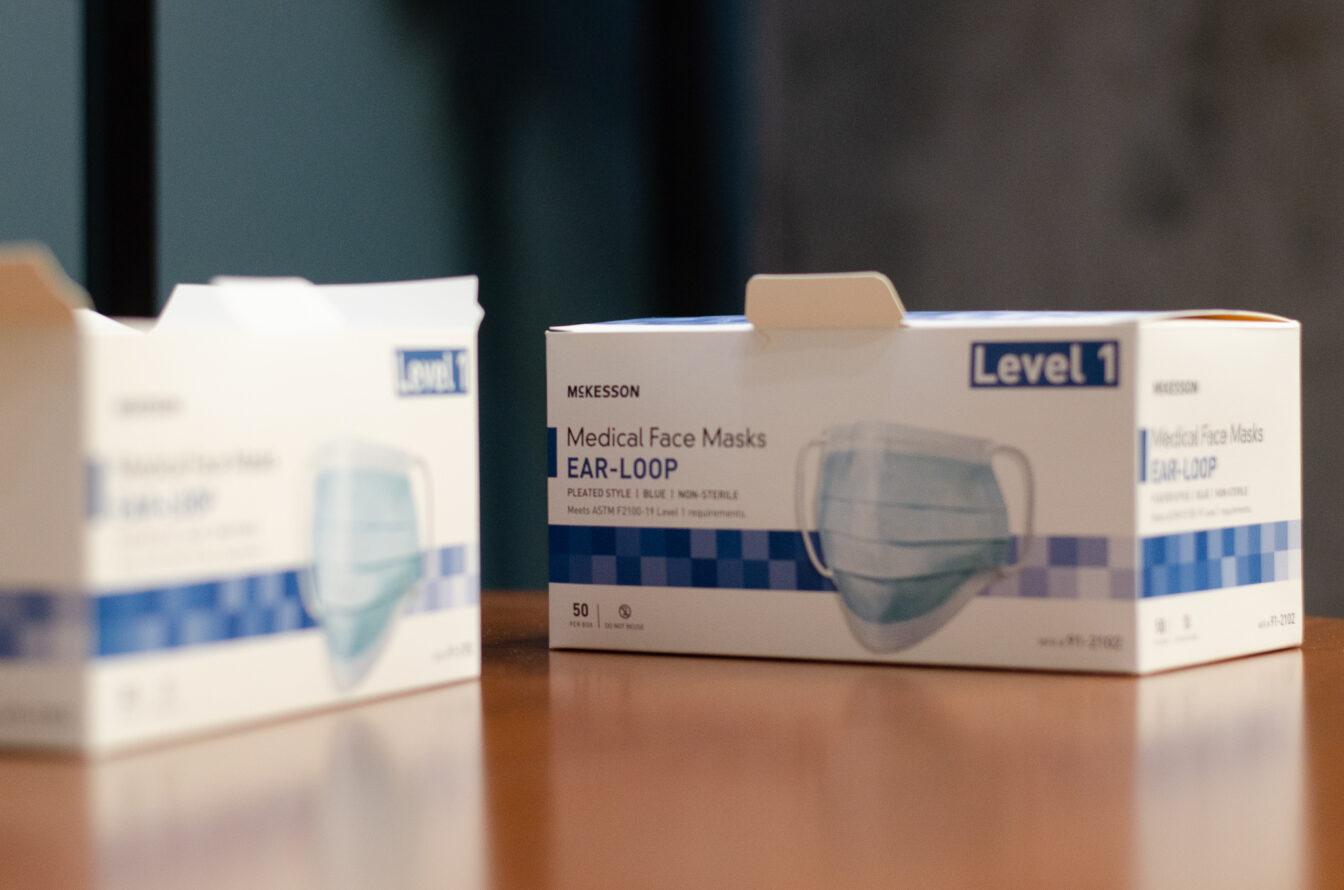Even though rates for positive sexually transmitted infections tests has remained relatively constant for the last decade, safe sex advocates on campus say promoting more consistent condom usage is still a major priority.
Condom use on campus is currently around 51.5 percent of those who are sexually active, according to a campus survey conducted by University Health Services in 2013. “Good” condom use is defined by the survey as those individuals using condoms always or most of the time.
Craig Roberts, manager of the sexual health clinic at UHS, said if students and staff alike were more “faithful” in their condom use, the number of positive sexually transmitted infection tests would decrease. UHS has seen an increase in the number of STI tests that are conducted, but the number of positive test results range from 5 to 7 percent, which has been relatively constant for the last decade, he said.
Chlamydia is the most commonly tested for STI on campus with 6,529 tests administered in a year, the UHS study found. The positive rate for these tests was 3.5 percent in 2013, according to the survey.
Gonorrhea followed in second with 3,335 tests administered and a positivity rate of 0.9 percent survey said.
The Human Papilloma Virus is the most prevalent STI, Roberts said. Because there is no “good” lab test for it, HPV often goes unknown or untreated, he said.
“Many students unaware that there are HPV vaccines for both men and women,” Roberts said. “You hear a lot about the female vaccines, but rarely do you hear anything about the male vaccine. Few men have gotten the vaccine.”
The vaccination was first recommended for women in 2006 and later for men in 2009, but the best way to prevent the spread of HPV is to use condoms regularly and correctly, Roberts said.
Roberts said there are many resources on campus for students and staff alike.
Sex Out Loud, the University of Wisconsin’s peer-to-peer sexual health resource, offers free insertive condoms, receptive condoms and sex dams, Sam Johnson, Sex Out Loud’s program coordinator, said.
Sex Out Loud has purchased 80,000 safer sex supplies this academic year and Johnson, who is also a columnist for the Herald, said she anticipates they will distribute about 110,000 free safer sex supplies by the end of the school year.
Sex Out Loud also offers eight different programs designed to educate students about different aspects of sex, Johnson said. Sex Out Loud served 13,000 students last year through programs, campus events, counseling and dissemination of sexual health information, she said.
“We received 87 workshop requests in total last semester, the majority of which were Safer Sex workshops,” Johnson said. “Our spring line-up tends to include more of our Pleasure, Advanced Pleasure, Healthy Relationships and Kink workshops.”
Roberts said consistency in the use of condoms is important.
According to the campus-wide survey, 22.5 percent of the student body surveyed uses condoms rarely or never.
Condom failures, either breakage or lack of use, is related to students being under the influence of alcohol, Roberts said.
“I think the biggest obstacle for safer sex on campus is the fact that students indulge in alcohol frequently,” Roberts said. “Students go home with someone they normally wouldn’t haven’t gone home with sober. The intention rate is much higher than the implementation rate.”













